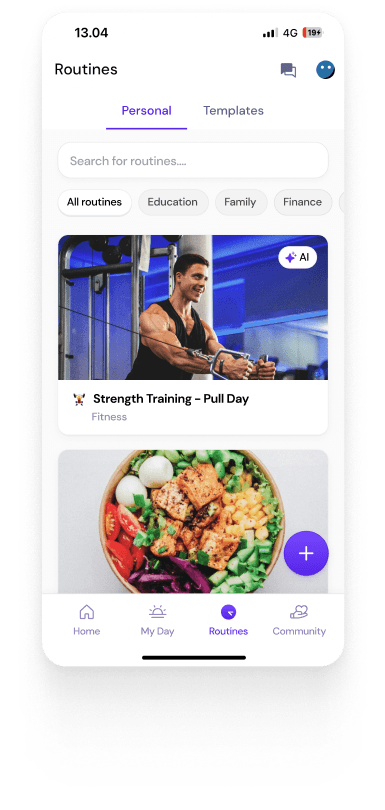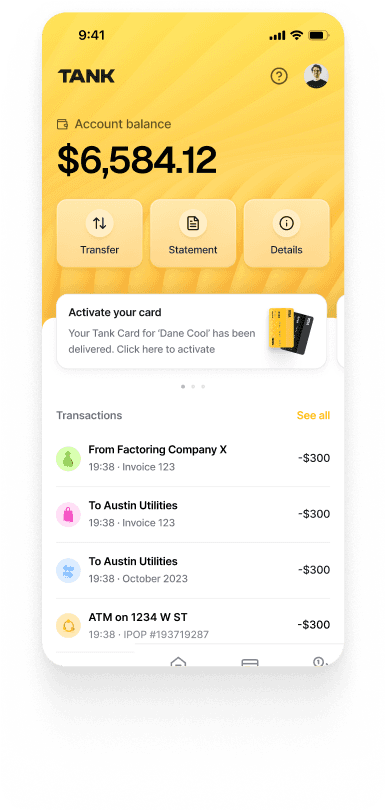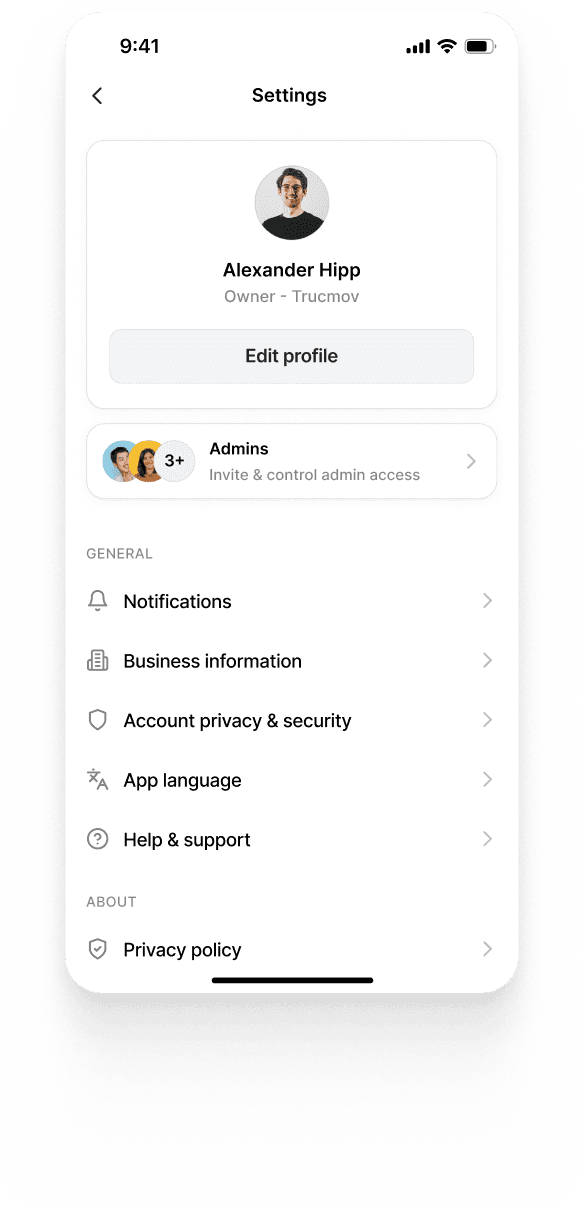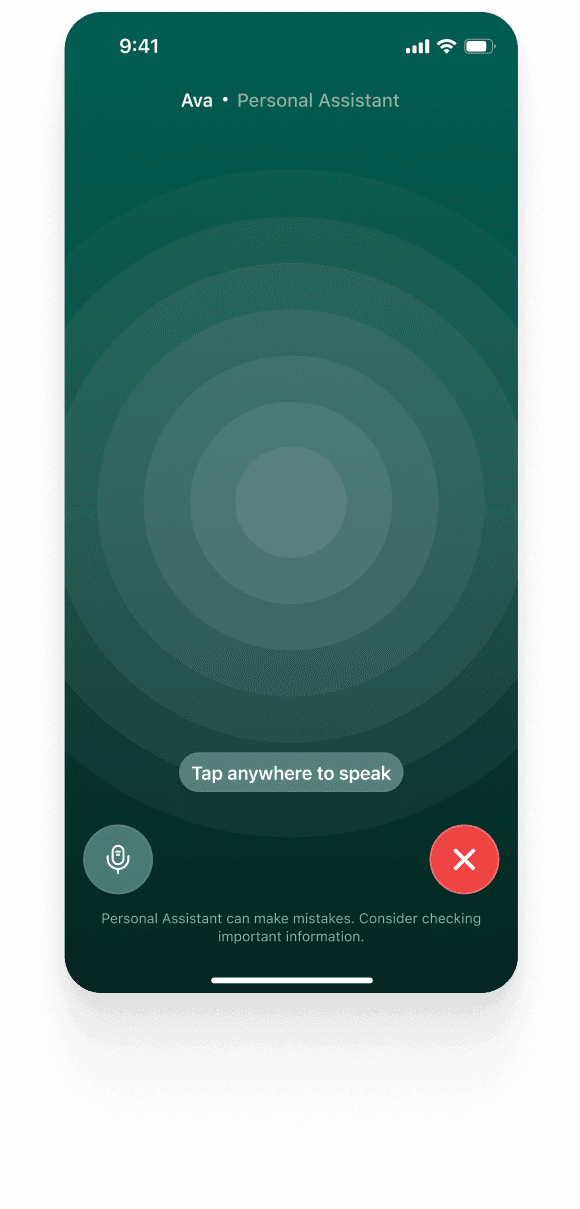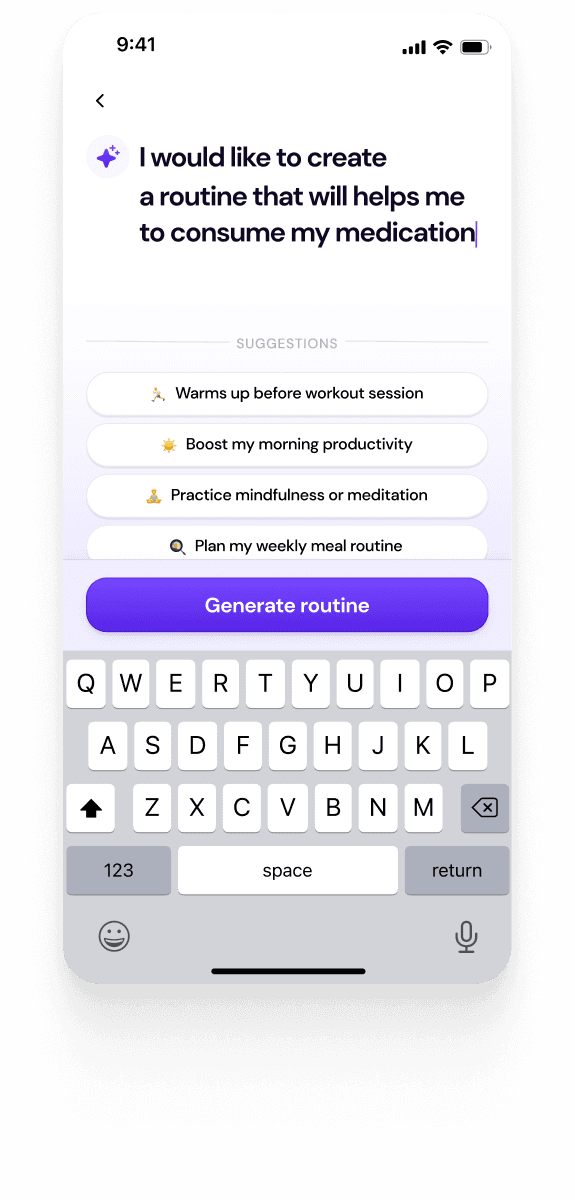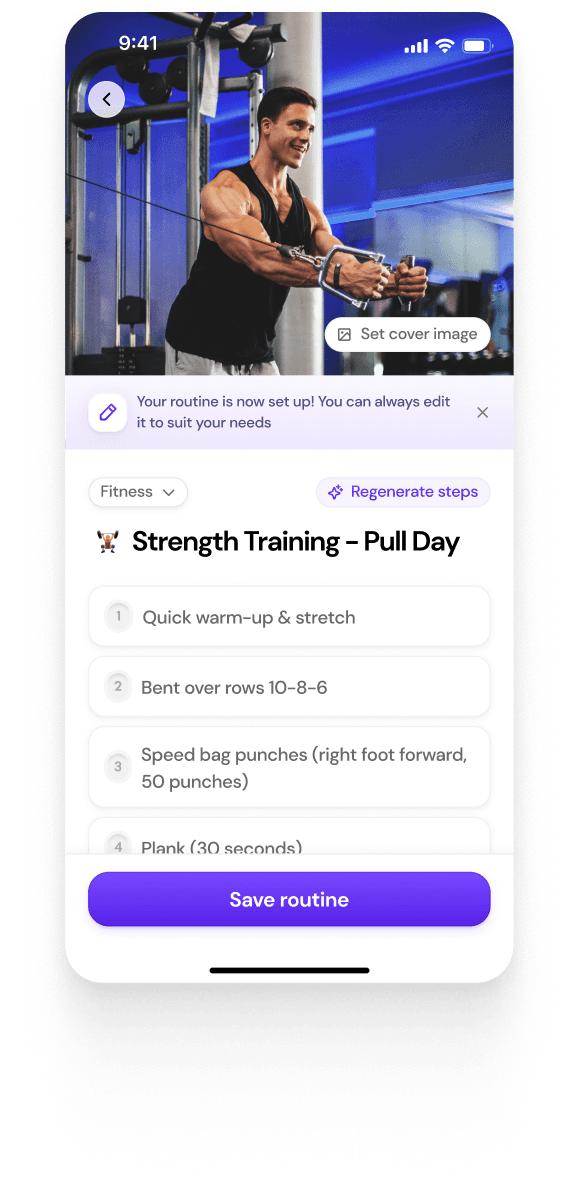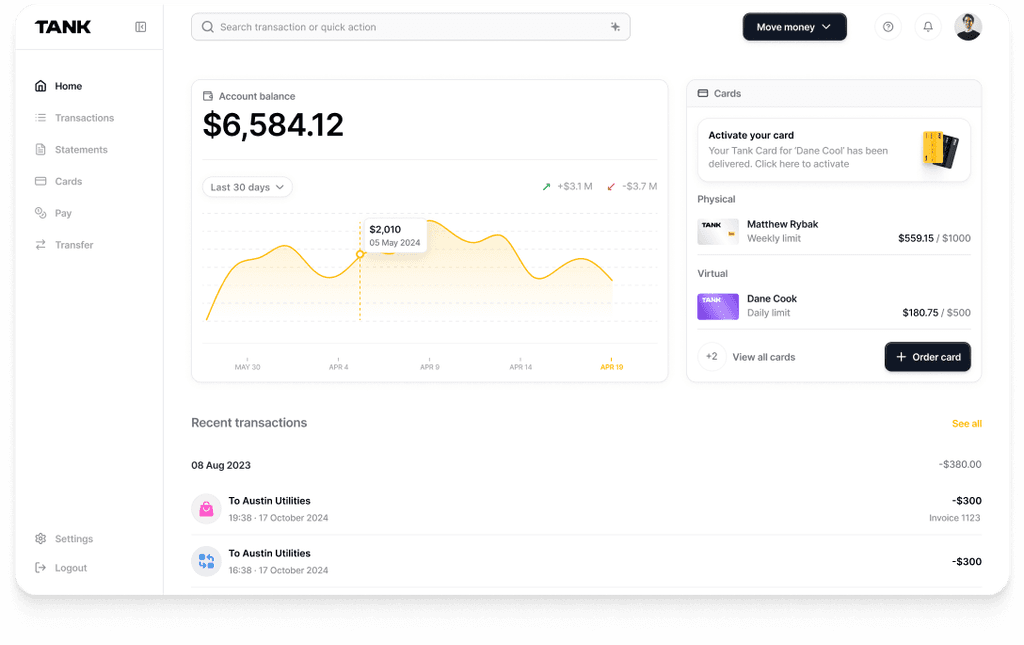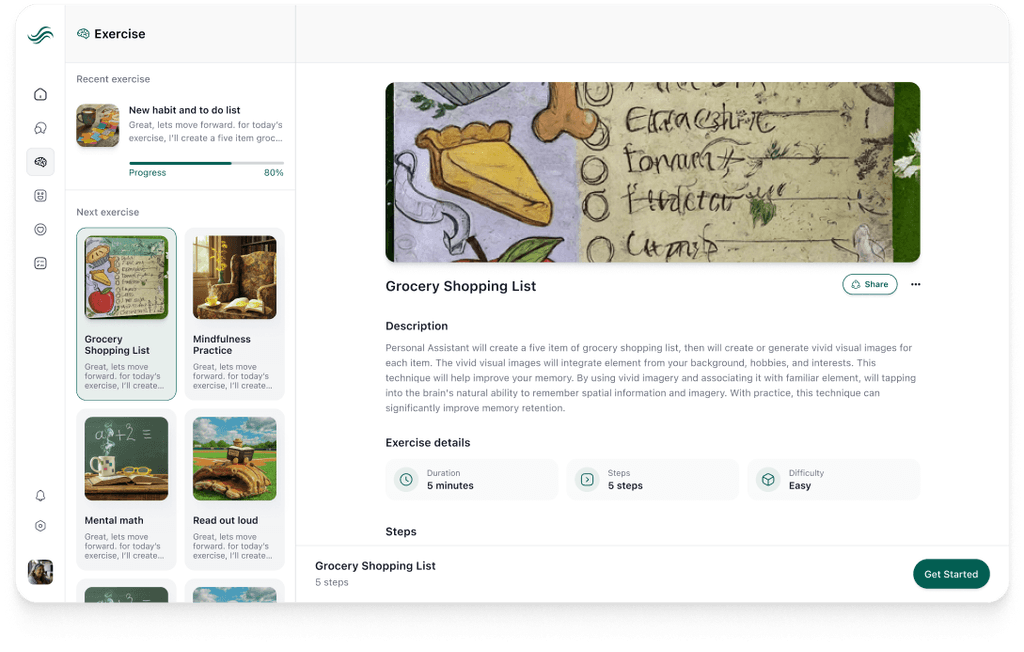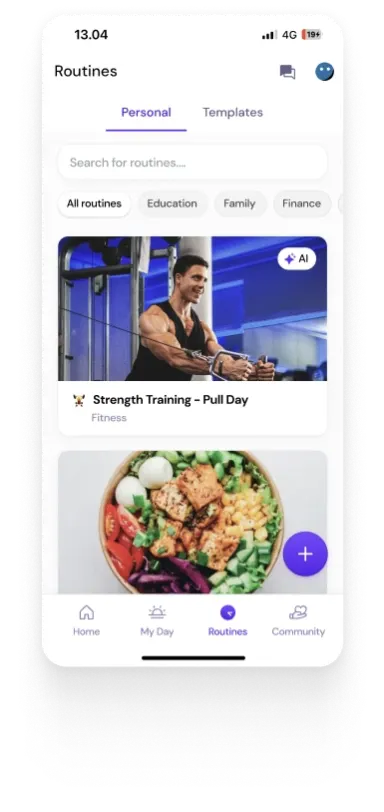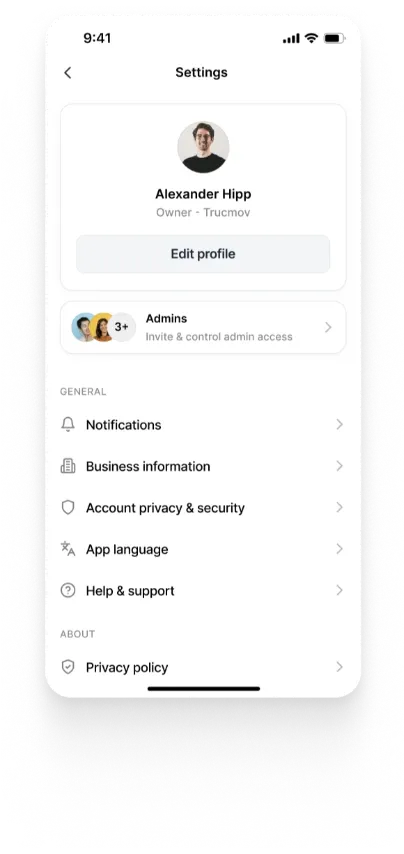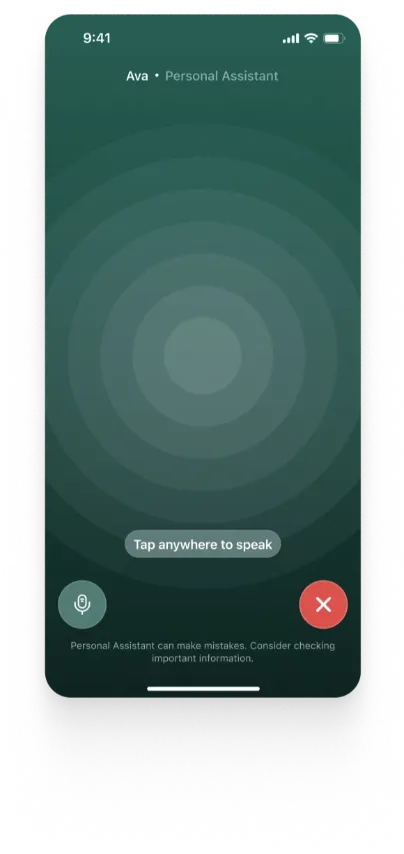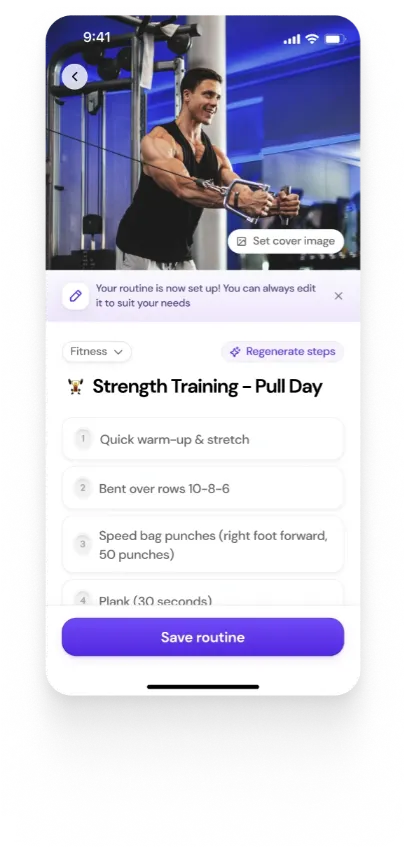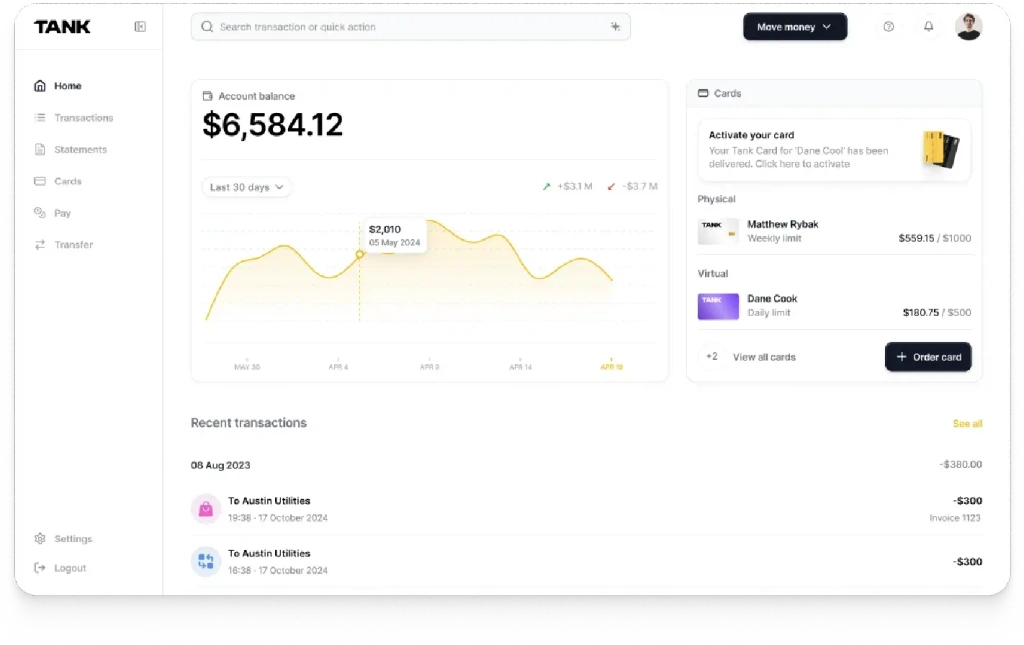The Future of Mobile App Engineering: Codebases Built and Maintained by AI
Mar 26, 2025
Summary
Steve, the first AI Operating System, redefines mobile app development by building and maintaining entire Flutter codebases through conversational prompts. With intelligent automation, Firebase integration, and real-time previews, Steve replaces traditional engineering workflows with AI-driven precision—delivering production-grade apps, automated PRs, and clean architecture without writing a line of code.
Key insights:
AI-Native Engineering: Steve's Vibe Studio writes, modifies, and maintains full codebases using conversational input, backed by a persistent project memory.
End-to-End Automation: From repository setup to Firebase deployment, Steve automates every phase of the mobile app lifecycle.
Production-Grade Output: Built-in validators, analyzers, and documentation ensure high-quality, scalable, and audit-ready code.
AI Product Management: Steve aligns development with business goals by guiding users through value-driven feature ideation and task creation.
Future-Proof Architecture: Leveraging Flutter, Firebase, FastAPI, and Langfuse, Steve supports scalable, real-time, cross-platform development.
On the Horizon: Upcoming features include conversational UI design, immersive 3D data visualizations, and orchestrated AI agent workflows.
Introduction
For decades, mobile app engineering has revolved around manual labor. Developers write thousands of lines of code, manage increasingly complex architectures, and struggle with project management tools that often do more to obstruct than assist. But this paradigm is beginning to shift. The emergence of AI-driven development environments promises a new future—one where codebases are not just assisted by AI, but built and maintained almost entirely by it. Leading this frontier is Steve, the world’s first AI Operating System (AI OS). With Steve, the concept of mobile app development is no longer tied to IDEs, manual deployments, or brittle workflows. Instead, it becomes a conversation.
Steve: The AI Operating System
Steve is a sophisticated AI-powered web application architected to fundamentally reimagine how digital products are built. Unlike traditional tools that require technical expertise to use effectively, Steve is designed with a conversational interface that empowers both technical and non-technical users to engage in complex products. It serves as a command center for mobile and web application creation, offering seamless integration between ideation, development, and deployment. Built on a Flutter foundation and backed by Firebase, Steve is fully capable of managing end-to-end engineering processes—from code generation and task management to CI/CD, documentation, and production hosting. But Steve is not just a product; it's a glimpse into the future of an intelligent, autonomous development ecosystem.
At the core of this shift is Steve’s Vibe Studio, a powerful tool that leverages state-of-the-art language models like Claude 3.7 Sonnet and GPT-4 to write, modify, and debug code. It maintains project context through a proprietary "code bible" that documents every aspect of the app’s architecture and file system. This allows it to analyze incoming change requests and modify only the necessary components, ensuring coherence and quality throughout the codebase. The workflow is highly interactive: users initiate repository creation, modify components via conversational prompts, and preview changes in real-time. Unlike human-led development, which often suffers from knowledge silos and inconsistent documentation, Steve guarantees continuity by remembering the entire context of the application.
Automation, Precision, and Professional-Grade Quality
Steve automates the most tedious and error-prone aspects of software engineering. Once a user initiates a modification, the platform scans and analyzes relevant files, generates new code with built-in validation mechanisms, and applies fixes iteratively until all errors are resolved. It formats code, manages dependencies, runs analyzers, and handles deployment seamlessly. Even the pull request documentation is automated, including a summary of changes, technical impact assessments, testing status, and a live preview URL. This ensures not only technical precision but also transparency and auditability for team leads and stakeholders. The platform doesn't just output code—it ensures that the code aligns with professional standards and evolves intelligently over time.
In contrast to modern frameworks like Replit, Bolt, or Vercel's v0, which assist developers through code suggestions or generative chat tools, Steve functions more like a partner than an assistant. It doesn't just scaffold a Flutter app or suggest boilerplate code; it creates and evolves a maintainable, production-ready codebase. Steve's conversational interface preserves long-term memory across sessions, enabling users to request complex features, debug across layers, or revisit previously discussed functionalities without retracing steps. And unlike single-purpose platforms that focus narrowly on either frontend, backend, or deployment, Steve spans the full software development lifecycle.
A Glimpse into the AI-Native Future
What makes Steve a game-changer is the integration of AI-powered product management into the same environment. The user journey begins with core value definition, proceeds to feature ideation, and culminates in task creation—all managed through a structured conversation with the AI. This keeps projects aligned with business goals while eliminating the common disconnect between strategy and execution. Steve’s intelligence enables it to propose relevant features, suggest task timelines, allocate resources, and even anticipate dependencies. This holistic approach is what makes the vision of an AI OS tangible: a system that doesn’t just support developers, but thinks with them.
Furthermore, Steve’s architecture is deeply forward-looking. It uses Flutter for cross-platform consistency, and Firebase to streamline backend development. The decision to use these technologies is strategic: they reduce deployment complexity, eliminate the need for server provisioning, and provide real-time capabilities out of the box. With Steve, a user can describe a product vision, refine it conversationally, and watch it materialize across web and mobile platforms without touching a single line of code—unless they want to.
The vision of Steve as an AI OS becomes even more compelling when you consider what’s on the horizon. While today’s functionality focuses on engineering and product management, tomorrow’s Steve will encompass design systems and advanced data visualizations. Users will soon be able to describe UI requirements conversationally, receive high-fidelity design outputs, and inject them directly into their apps. Similarly, the upcoming data visualization platform will allow stakeholders to interact with product metrics through immersive 3D environments, making business intelligence both intuitive and actionable.
All of this is orchestrated through a modular architecture that mirrors the best practices of scalable systems. Using FastAPI on the backend, Langfuse for LLM observability, and structured XML/JSON prompts for precise communication, Steve delivers enterprise-grade reliability with consumer-level usability. It brings clean architecture principles to AI-generated Flutter apps and simplifies state management with tools like Stacked and Bloc. Its performance evaluation framework ensures every line of code is measured against a complexity-weighted scoring system, tracking not just successful builds, but the quality and maintainability of the output.
Mobile app development is undergoing a tectonic shift. What once required teams of engineers, designers, and project managers can now be accomplished by a single user empowered by a conversational interface. With Steve, we are seeing the birth of a new class of tools: not IDEs, not CLIs, not dashboards, but AI-native development environments that understand intent, execute with precision, and grow with the product. In a world where time-to-market is everything, the ability to iterate rapidly, deploy confidently, and maintain quality becomes a strategic advantage. And Steve offers precisely that.
Conclusion
As Steve evolves toward becoming a true AI OS, it will introduce multitasking capabilities, modular agent orchestration, and centralized memory systems that further dissolve the barriers between ideation and implementation. The future of mobile app engineering is not just faster or cheaper—it is fundamentally more intelligent. With Steve leading the way, codebases built and maintained by AI are no longer a distant dream. They are the new reality.
Build the Future with AI-Native Development
Don’t just code—converse. Let Steve manage your Flutter codebase, backend, and deployment from start to scale.










